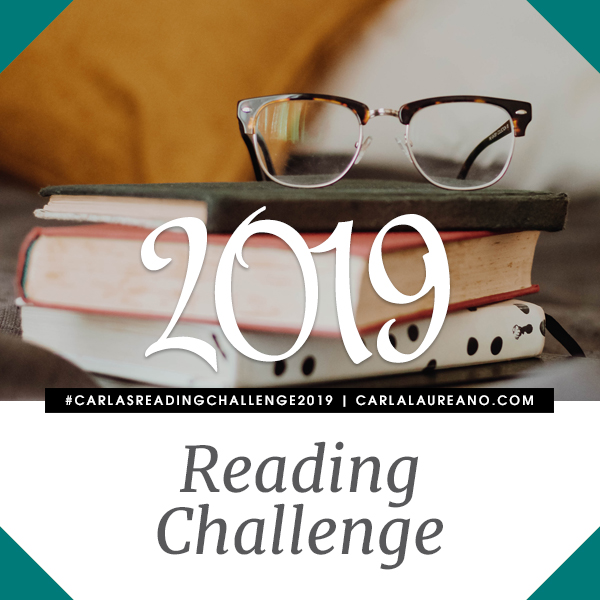From Bethanyfiction.com:
Are you ready to spark some joy? Then come along as I give you the perfect response to anyone in your life who has been watching that Marie Kondo Netflix show “Tidying Up and Losing Your Soul By Giving Away All Your Books.”
I’m pretty sure that’s the title, based on the Internet. My social media feed has exploded with memes mocking this preposterous notion:
While what Kondo actually said is that she keeps her personal book limit to around 30 volumes, if you’re a booklover seeking justifications for keeping a significantly larger dragon horde of literary treasures personal library, you’ve come to the right place.
Full disclosure: my name is Amy Green, and I work for a book publisher. I love authors and books and being gracefully disorganized. (That is totally a thing. It means the chaos around you is reflective of a life so full and rich that it defies structure…and dusting.)
To be fair to Marie Kondo, I can imagine a scenario where 30 volumes might possibly be a good standard. Like if you have a fully-loaded Kindle. And live in a tiny house. Next door to a library.
Otherwise, if you’re feeling guilty for double-stacking your shelves, I have a response for you. Since Kondo created a whole method of cleaning based on a rearrangement of her name, the KonMari method, allow me to present the GreAm method. (Slightly less catchy, but whatever.)
It is rigorous—you must be willing to defend your right to a full bookshelf with logic and determination. It is holistic—in that I’m basically telling you to keep your whole library. And it is aimed at inner peace—because there’s nothing as peaceful as being surrounded by books. So let’s begin.
One: Books spark joy.
Am I using the organizational maven’s own mantra against her? Why yes, I am.
Do you know what brings me joy? BOOKS! Adventures to times and places I’ll never visit in the “real” world, deep journeys into hope and heartbreak, thrilling escapades where someone won’t get out alive but I probably will, somewhat-confusing classics I had to read for school that made me a better person even if I didn’t appreciate them at the time…I love them all.
I mean, it’s great to have a few travel mementos that bring a smile every time you look at them, don’t get me wrong, but books contain whole worlds—the lives and journeys of beloved friends we’ve admired and empathized and learned from. The joy quotient is just through the roof. Libraries and bookstores spark so much joy that they might as well be actual infernos of happiness. (Is that a little Fahrenheit 451? Maybe. But you get the idea.) And if your house just happens to resemble a library or bookstore…all the better!
Two: Books are super tidy.
A book is the tidiest object I can possibly imagine. Think of those crisp white margins, the uniform edges, the perfectly straight lines of text.
Also, the KonMari method is apparently really big on folding things. There is a precise method for how to fold tea towels and fitted sheets and the jingle-bell-bedecked Christmas socks you only wear once a year (hey, it’s all about the joy, don’t judge). Thankfully, your personal library is all about folding. Book terminology time: a “signature” is a group of pages (in multiples of four) folded together and glued to the spine of an average paperback book. Books are essentially collections of tiny, neat little folds. See? Tidy in the extreme.
Three: Books are not clutter.
Dictionary.com informs us that clutter is “a disorderly heap or assemblage.” I have a very simple solution. We can create a piece of furniture, similar to a display case, that allows you to line up your books in an orderly fashion.
We’ll call it a “bookshelf.” No clutter? No problem.
(And those escapees that end up stacked and piled around your house? Those are educational and aesthetic home décor accessories. Clearly.)
Four: Kids’ books would have to be included in that total.
Imagine you have the American household average of 2 children. This, out of 30 books, would give them approximately an allotment of 15 books from the total, so 7.5 books each. (Sorry, but this is the math, people…be glad I didn’t use the real average of 2.3 children. We can pretend the .5 book is the bafflingly popular Goodnight Moon and leave it at that.) Please imagine reading the same 7.5 books to your toddler over and over and over until the words are ingrained in your head like an ancient liturgy and you have visited the triumphs and travails of the pirate/princess/anthropomorphic cuddly animal so often that they feel like a member of the family…
Wait. Actually, this is pretty much what happens to parents anyway, even if you have a mountain of books available for your little one, so I guess we can throw out this reason and move on to…
Four, Second Try: Marie Kondo has written multiple books.
Does this directly relate to why you can feel perfectly fine owning more than 30 books? No. But I’m throwing it in here for the sheer irony of it. I can’t determine the exact number of unique titles by Kondo because of translations and digests and journals, but there are at least 3 (10% of her household quota), with probably more to come. Is it unreasonable for an author who has made a living from the book industry to tell people to get rid of their books? Well…not technically, but it is a little amusing.
Five: Books can talk back.
One part of the KonMari method that some people find either freeing or really eccentric is the practice of thanking your belongings as you release them to a better place (like the Goodwill donation bin).
Hey, I talk to inanimate objects, mostly malfunctioning technology, all the time, I can get behind that. But books are made of words and therefore the only things that can respond to me. Like, when I yell at the character, “What do you think you’re doing?” it might take him a few chapters, but he usually tells me. And when I flip through the pages of a book to thank it for its service, inevitably I’ll notice that one hilarious or meaningful scene that always got to me…and start skimming…and then reading…and then I move the book out of the donation pile for good and it’s never going back, sorry, I just can’t do it.
If minimalism requires book-lite living, well…who really needs to be tidy, anyway?
I agree with all a lot of is said in this article. And now I don't feel so alone in how many unread books I have on my shelves. So many though that there is no room on the shelves and new books have to piled elsewhere in my tiny room. I have debated getting rid of some I have already read and don't plan on reading again, but just haven't initiative to do so. The more I buy, whether it's from a thrift store or by Amazon (I'd already spent one gift card, then received two more, on which I still have some money), it seems the more I ignore the ones at home. I try not to buy so many just to save space and money, hence the reason I tend to borrow more often, whether from the library or from the collection of books at work (no due date in this case).
For the record, I was not familiar with Marie Kondo until I saw this article. And I have to admit getting rid of things seems hard for me to do. Though I did manage to find some things I wanted to take to Goodwill when I left the trailer park I had lived in for so long. And I also donated some of the books I'd already to a local thrift store, some to the center where I work and some to the library. I wrote about this in this post in 2016. In that post said, "I guess you can say I'm a book hoarder."
Right now, I'm deciding what to get get with the remaining balance on my Amazon cards. I also got a Best Buy card for my birthday and will now use that one for my printer ink. I'd looked at getting ink from Amazon, but now that I have a Best Buy gift card, it will be used for the ink. I'm looking to see what else can get on Amazon, since it sells much more than books. I should be trying to find some new clothes, but I like to try then on first, so I probably won't get any on Amazon. If I had enough, I'd be going to Lane Bryant right now.












